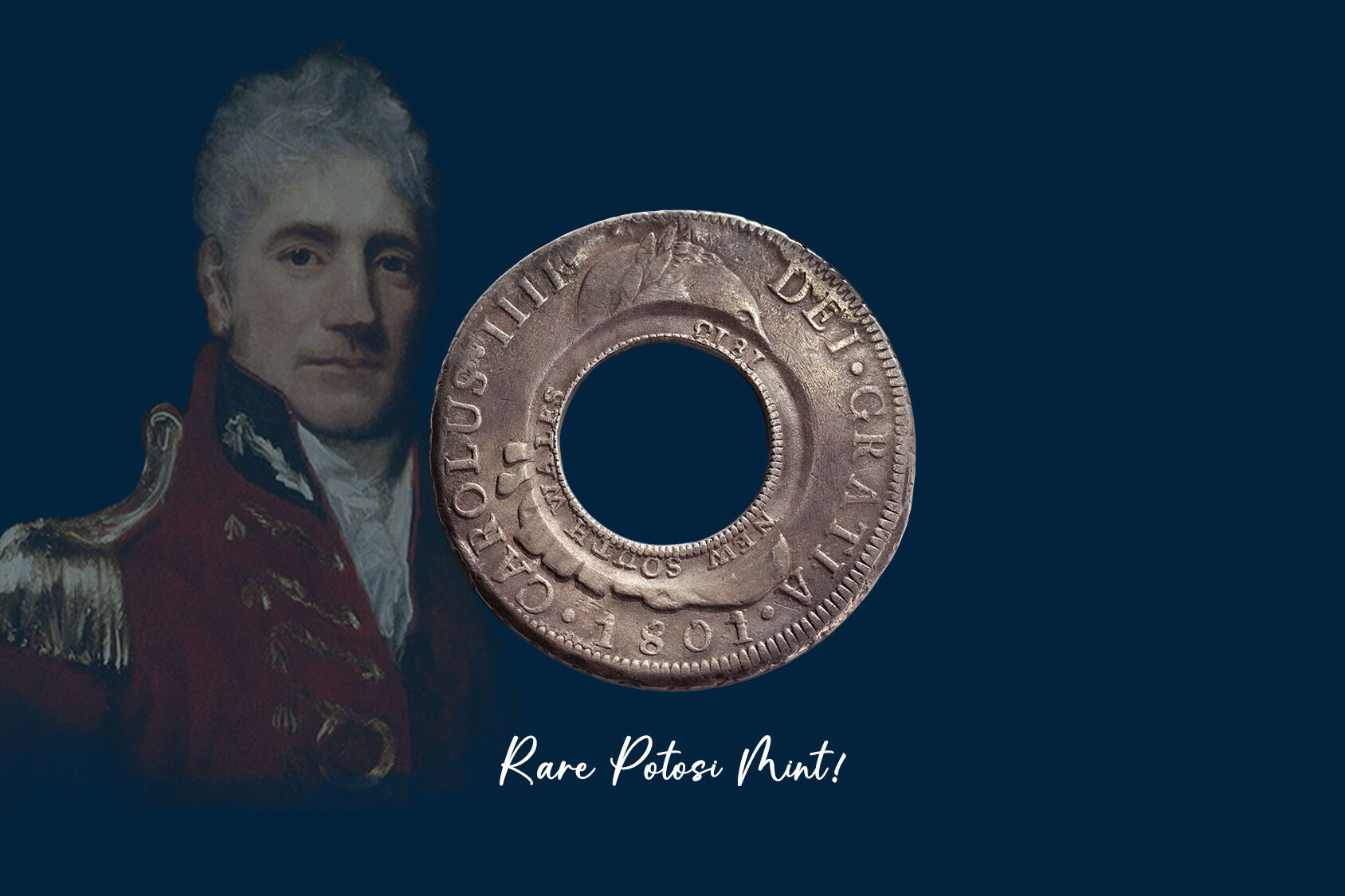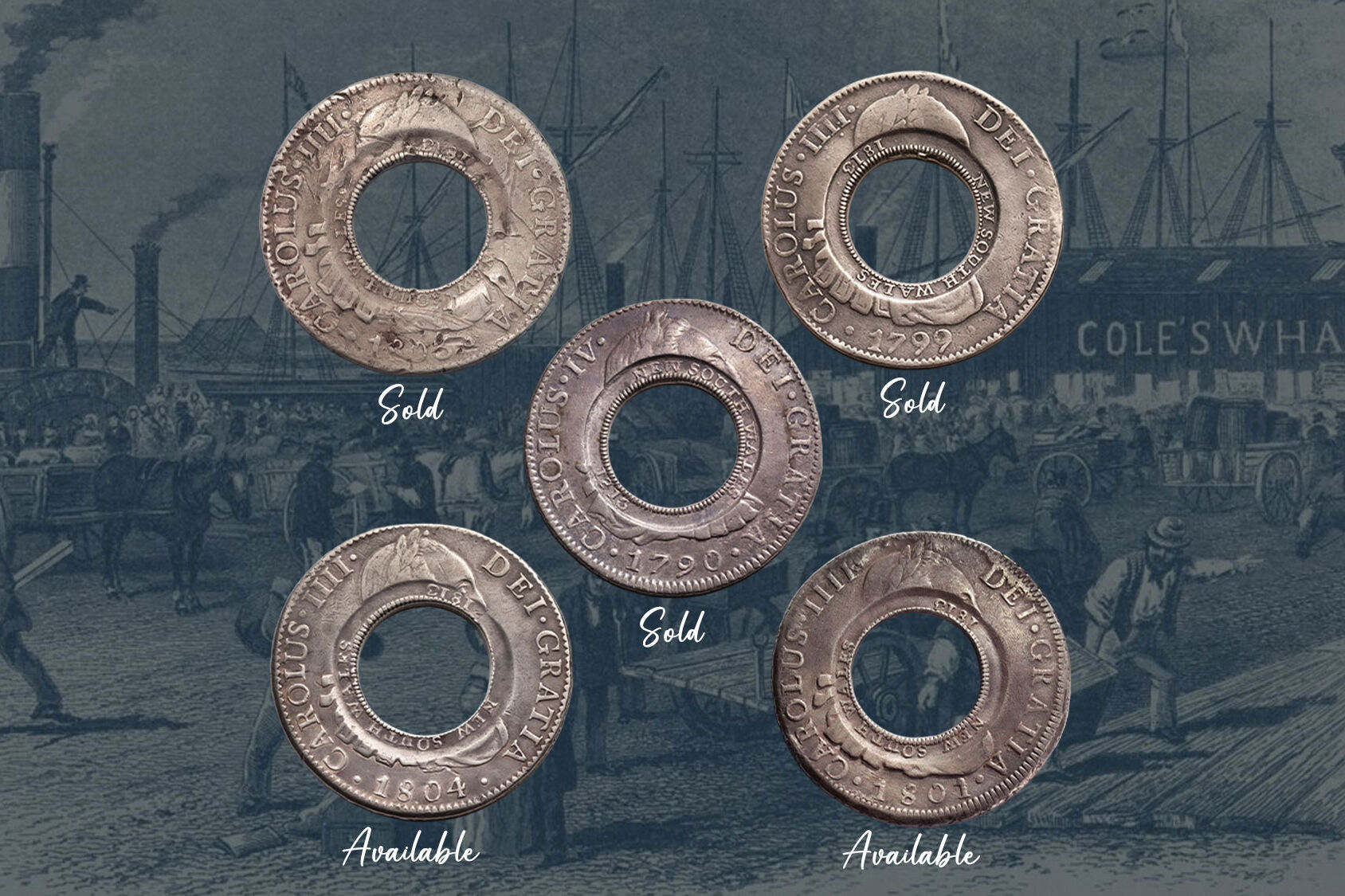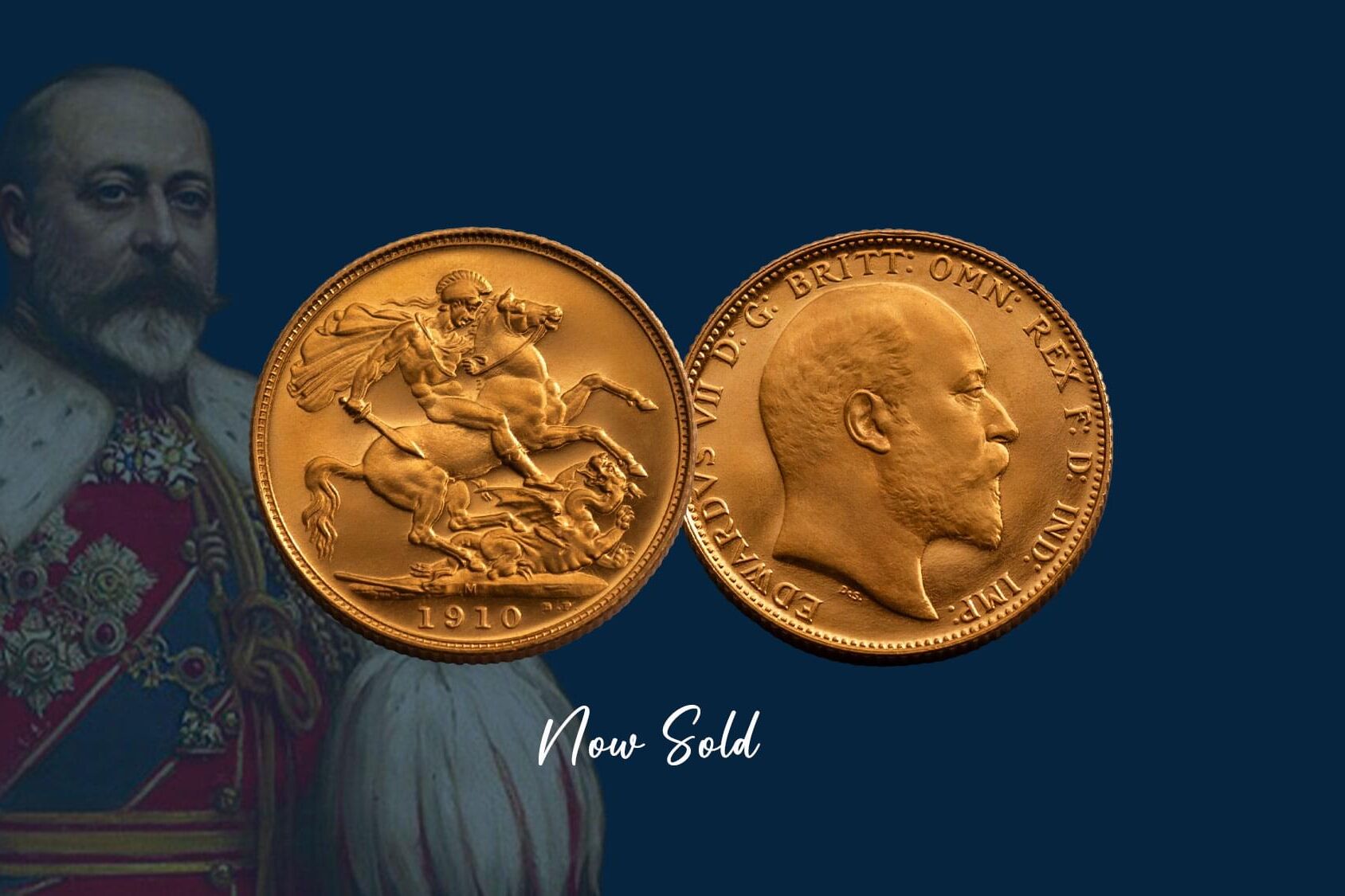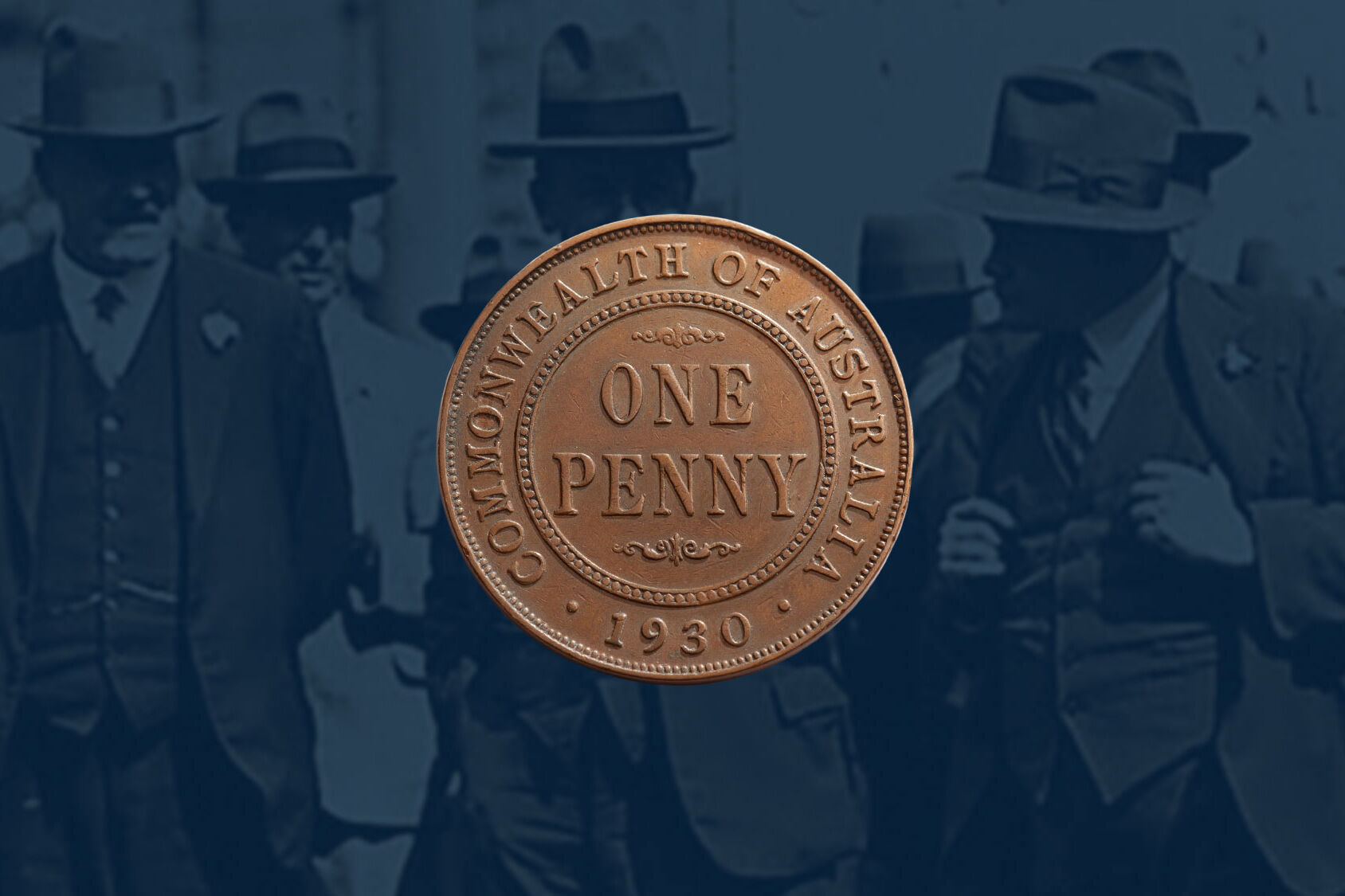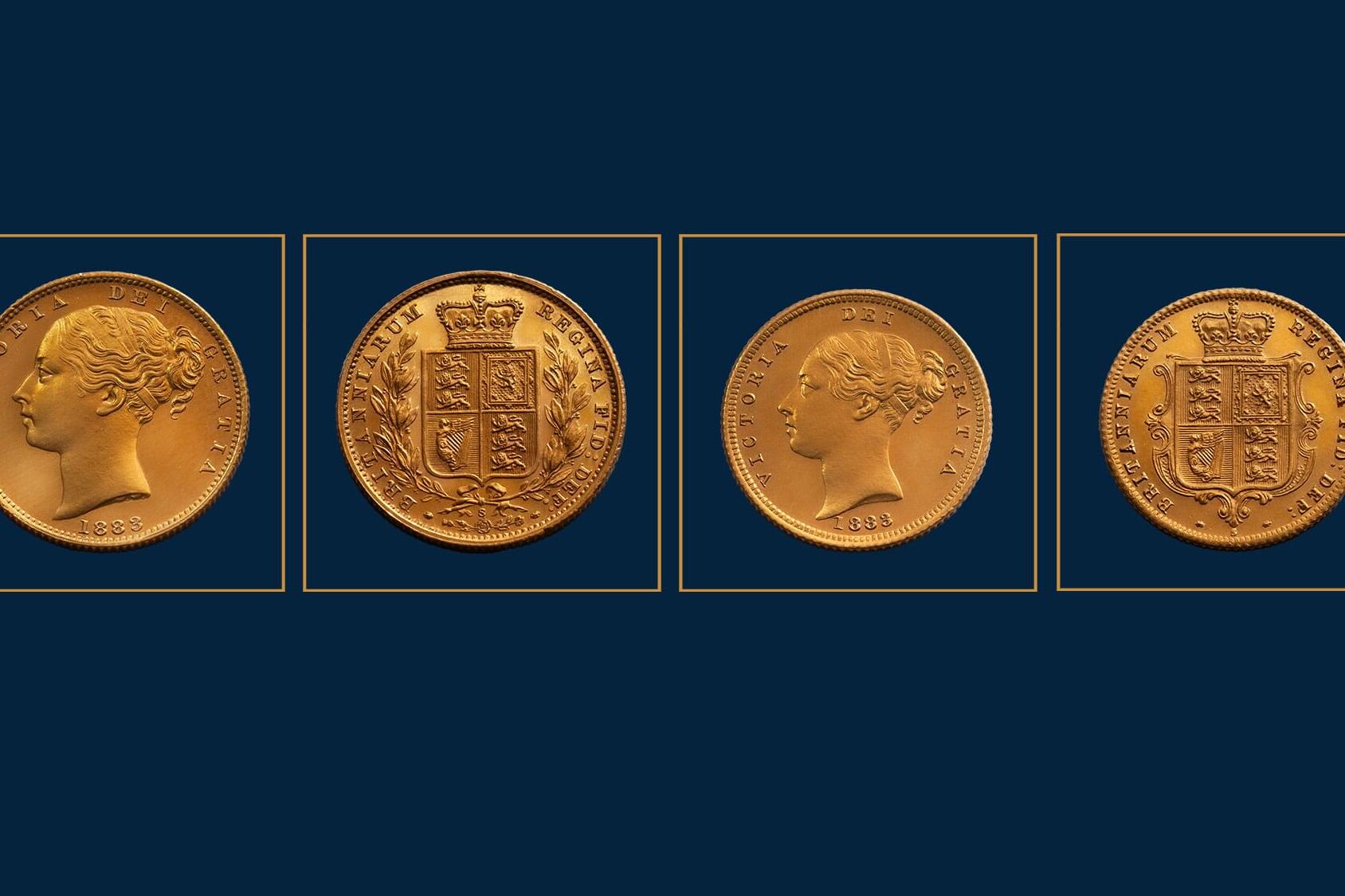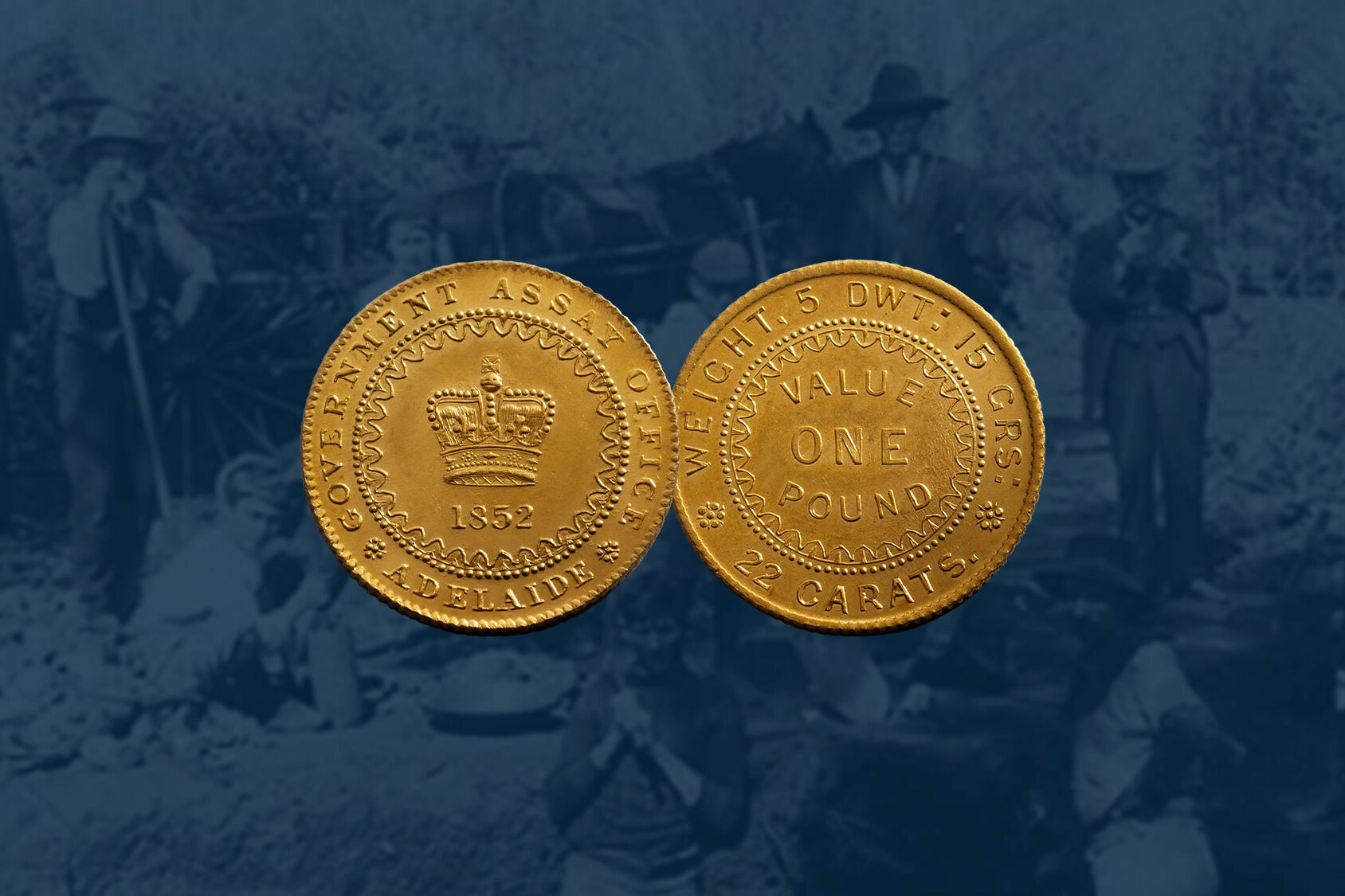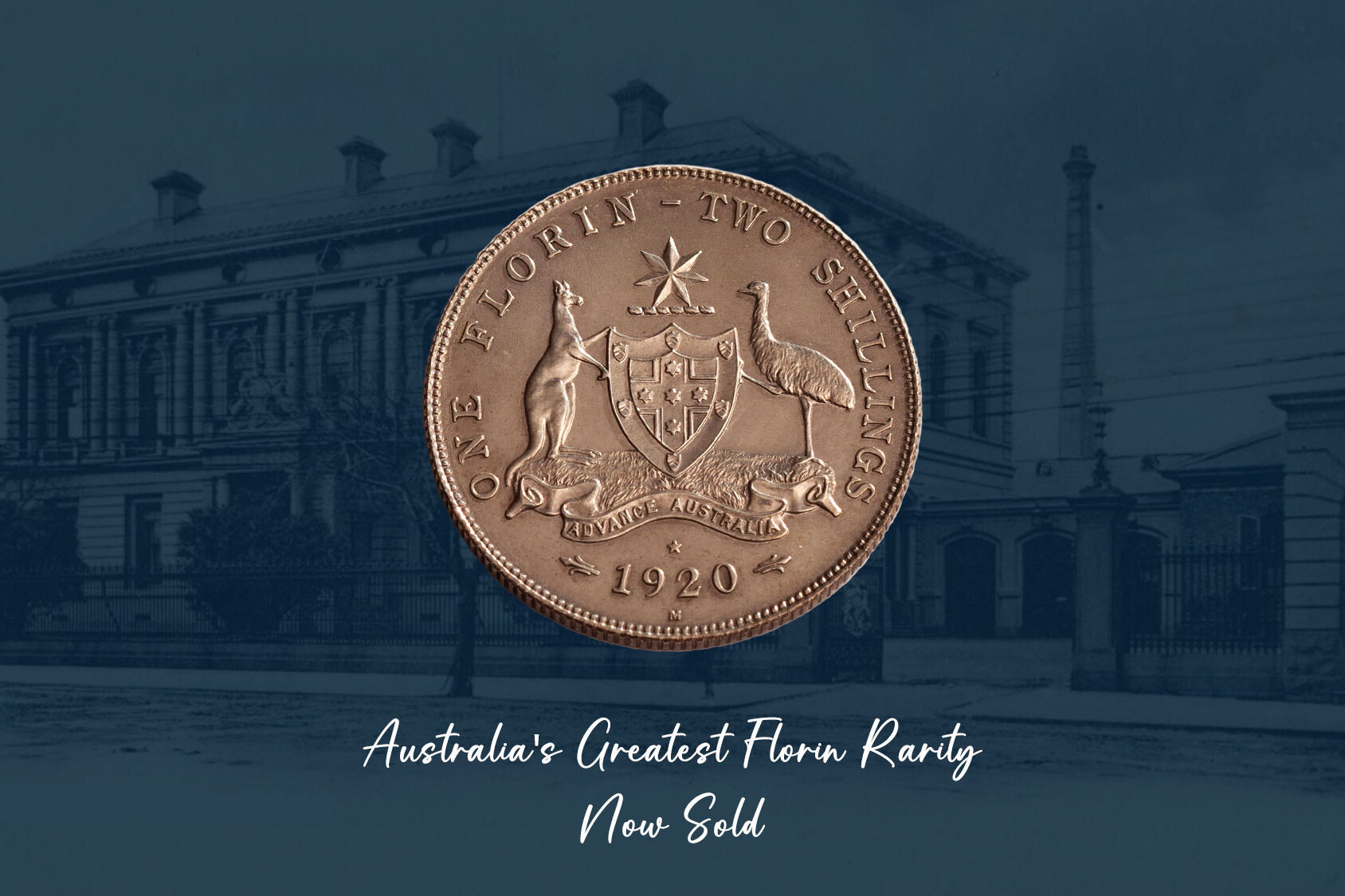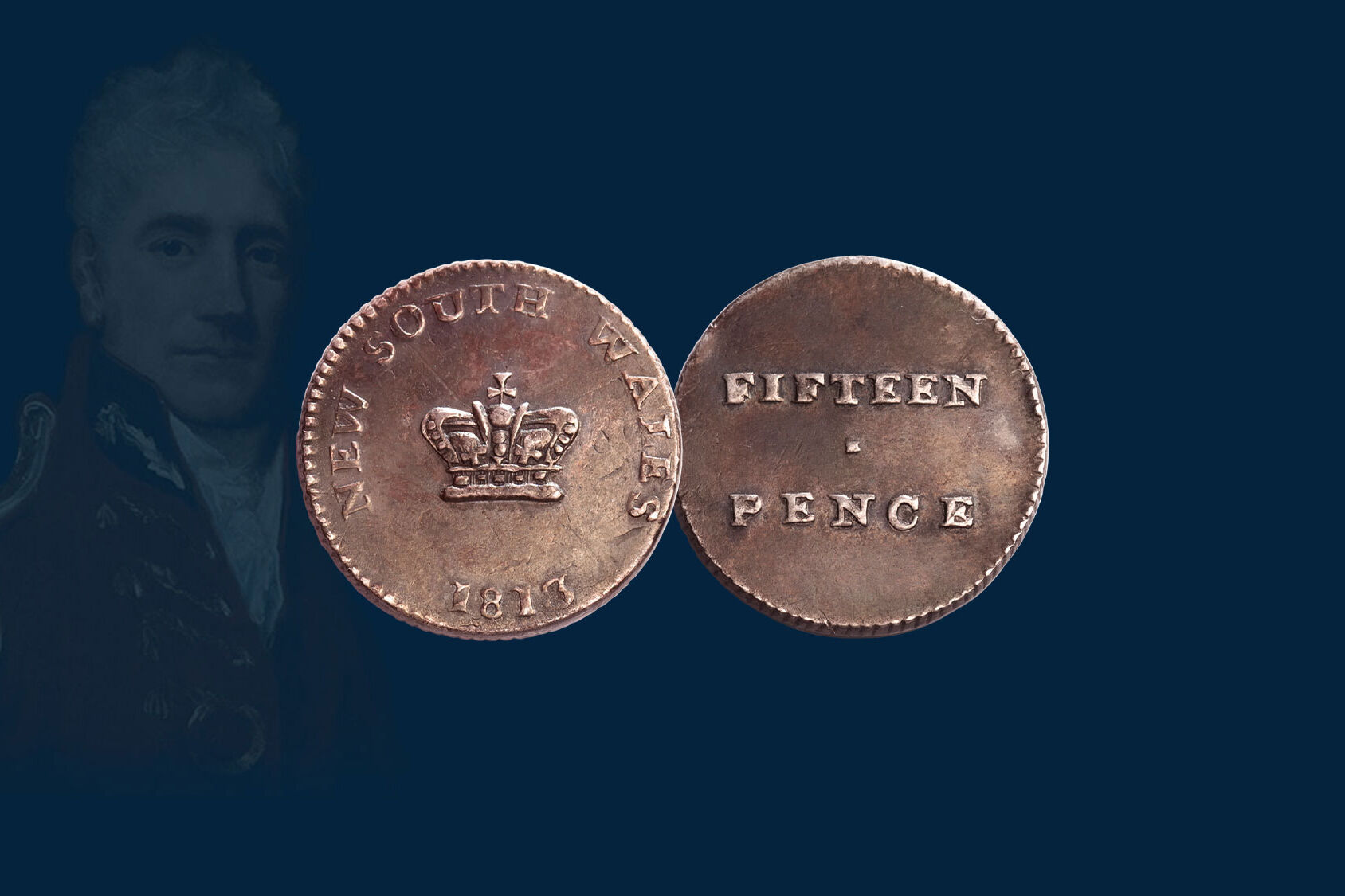Numismatic Royalty - Australia's George V Proof Pennies and Halfpennies struck at the Melbourne Mint. Australians just love their copper coins!
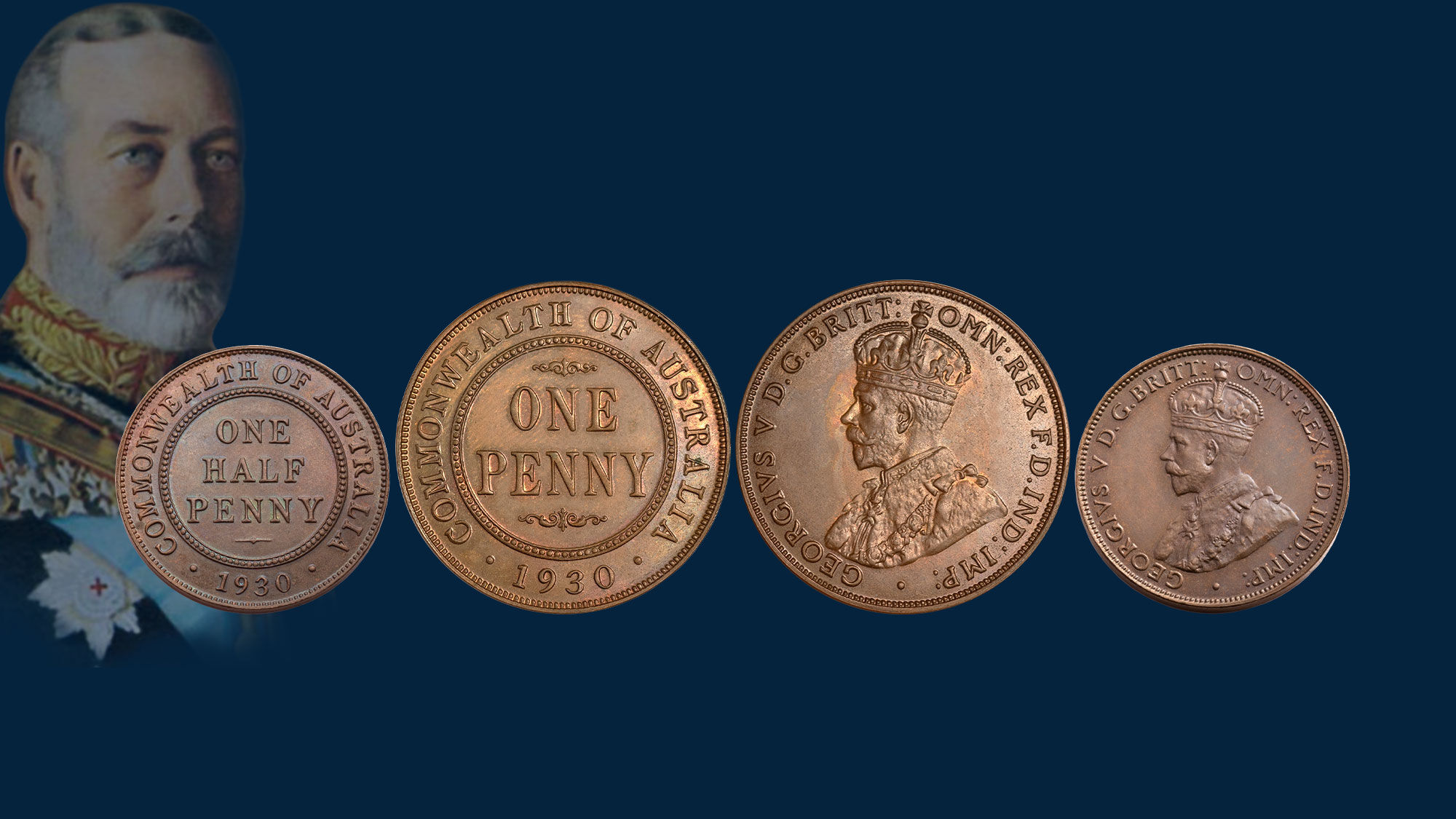

These three proof coins are 'numismatic royalty'.
From left to right, the 'King' of Australian coin rarities, the Proof 1930 Penny. One of three available to collectors with a current value of $1.5 million.
Next in line, the Proof 1931 Penny, also one of three and valued at $75,000.
And the final coin in the trio, the Proof 1932 Penny, slightly rarer with two available to collectors and also valued at $75,000.
The Proofs of 1930, 1931 and 1932 were struck at the Melbourne Mint.
Proof coins are prestigious. They inspire respect and admiration. Ask collectors why they pursue proof coins over circulating currency and the prestige of owning a proof coin is most likely at the top of their list. It's the euphoria that comes with owning something that very few other people can ever possess.
Proof coins are by definition, extremely rare and their scarcity is a natural draw card. In some respect, proof coin collectors are playing it smart because the inherent rarity of proof coinage provides a level of assurance that the market will never be inundated with examples, protecting their investment.
And as you can see from the above photograph, superb quality proof coins are visually impactful. Is it numismatics? Or is it art? Or have numismatics and art melded together.
The final question is why are the proofs of the nation's pennies and halfpennies so popular? The reason is simply that Australians just love their copper coins!
We tracked the George V proof coppers that have come onto the market over the last seventy years, looking at public auctions and known private sales.
Their extreme rarity is confirmed through our study and is shown in the tables below.
Collections that made the George V copper proofs famous.
- John Ahbe Collection
- Ray Jewell Collection
- Syd Hagley Collection
- Madrid Collection of Australian Rare Coins
TABLE 1: Melbourne Mint Proof Pennies - number of examples sighted.
Proof 1919 Penny 1
Proof 1920 Penny 1
Proof 1921 Penny 1
Proof 1922 Penny 0
Proof 1923 Penny 1
Proof 1924 Penny 5
Proof 1925 Penny 3
Proof 1926 Penny 6
Proof 1927 Penny 4
Proof 1928 Penny 5
Proof 1929 Penny 6
Proof 1930 Penny 3
Proof 1931 Penny 3
Proof 1932 Penny 2
Proof 1933 Penny 1
Proof 1936 Penny 4
TABLE 2: Melbourne Mint Proof Halfpennies - number of examples sighted.
Proof 1919 Halfpenny 0
Proof 1920 Halfpenny 1
Proof 1921 Halfpenny 0
Proof 1922 Halfpenny 0
Proof 1923 Halfpenny 1
Proof 1924 Halfpenny 4
Proof 1925 Halfpenny 2
Proof 1926 Halfpenny 4
Proof 1927 Halfpenny 3
Proof 1928 Halfpenny 5
Proof 1929 Halfpenny 5
Proof 1930 Halfpenny 3
Proof 1931 Halfpenny 2
Proof 1932 Halfpenny 2
Proof 1933 Halfpenny 4
Proof 1922 Halfpenny 5
The Melbourne Mint was established in 1872 as an overseas Branch of the Royal Mint London, the purpose to strike sovereigns and half sovereigns. In 1916, the Melbourne Mint diversified its coining repertoire. While continuing to strike the nation's gold coins, it also minted coins of the newly formed Commonwealth of Australia.
The Melbourne Mint ceased its coining operations in 1964.
In keeping with Royal Mint traditions, the Melbourne Mint struck proofs of those coins its was minting for circulation, be they gold, silver or copper. They are collectively referred to as Coins of Record.
The term, COIN OF RECORD, is to a large extent self-explanatory. It is a coin that has been minted to put on record a date. Or to record a design.
What is not self-explanatory is that Coins of Record were struck as presentation pieces, to proof quality. And were struck in the most minute numbers, thereby satisfying the requirements of the mint rather than the wants of collectors.
Forget the notion of striking one thousand proofs, as collectors are accustomed to today. Let's talk about striking ten coins ... or maybe less!
For today’s collectors the Coins of Record offer a wonderful link to the past and are extremely rare, two reasons that make them so popular.
One of Australia’s most famous Coins of Record is the Proof 1930 Penny. Only six examples of the Proof 1930 Penny were struck, one of which was retained by the mint with one each being sent to the British Museum and the Art Gallery of South Australia, where they both still reside.
How three examples out of the mintage of six ended up in collector’s hands is still unclear. The might of influential collectors, we suggest.
There was no commercial angle in the production of Coins of Record. The mints were not out to make money from the exercise. Quite the reverse, striking a proof coin in our pre-decimal era was a very labour intensive (and hence costly) exercise that would have dented the mints annual budget quite considerably.
The prime reason why so few coins were struck.
A proof coin was never intended to be used in every-day use, tucked away in a purse. Or popped into a pocket. It is an artistic interpretation of a coin and meant to be impactful, have the ‘wow’ factor with qualities that are clearly visible to the naked eye.
In the striking of a proof coin, the mint’s intention was to create a single masterpiece, coining perfection. Perfection in the dies. Wire brushed so that they are razor sharp. Perfection in the design, highly detailed, expertly crafted. Perfection in the fields, achieved by hand selecting unblemished blanks, polished to create a mirror shine. Perfection in the edges to encase the design … exactly what a ‘picture frame does to a canvass’.
So, what happened to these Coins of Record? Where did they go? And if they were struck by the mints for their own use, how did they get into collector's hands?
In the main, Coins of Record ended up in the mint’s own archives, preserving its history for future generations.
Any coins that were surplus to requirements may also have been sent to a museum or public institution. The Australian mints at Sydney, Melbourne and Perth were branches of the Royal Mint in London. To keep the mints in the Royal Mint circuit up to date it became common for the Australian mints to exchange Coins of Record with their London counterparts.
Coins of Record were also put on display at public Exhibitions. The two known examples of the Proof 1866 Sovereign and Proof 1866 Half Sovereign were especially struck to exhibit as ‘products of New South Wales’ as part of the Colonial Mints display at the International Colonial Exhibition of 1866 and the International Exposition in Paris, 1867. They were discovered in London in the early 1970s.
It is noted that many of the overseas mints have over time sold off Coins of Record that they considered excess to their requirements. The Royal Mint South Africa sold off several Australian gold proofs in the 1990s.
What is obvious when you look back through historical records is that influential collectors, those that were particularly close to a senior member of the mint’s personnel, had limited access to Coins of Record that resulted in them being included in their own personal collection.
PROOF COINAGE - FAQS
What is a ‘PROOF’ coin? And how does it differ from a circulating coin?
Coins are struck in two different styles and for two distinctly different purposes. And they have been for centuries in mints right around the globe.
Coins are struck so that they can be used in every-day transactions. We call it circulating currency - coins that circulate.
Circulating coins are mass-produced in what can only be described as a factory environment and distributed through the banks at their face value.
Coins can also be struck to PROOF quality.
A PROOF coin is a specially made coin distinguished by sharpness of detail and usually with a brilliant mirror-like surface. A PROOF coin is never intended to be used. It is a collector’s item.
Proof coins are struck in highly controlled environments. The production is a painstakingly slow process. Coin blanks are hand-selected and they are polished to achieve a smooth mirror shine. The dies are also specially prepared to ensure the design is perfectly executed and crisp. Because the process is arduous, proof coins are always struck in limited numbers.
The confusing part for the novice is that proof coins look, essentially, the same as a coin struck for circulation. They share the same design. But there is a vast difference in the way in which they are produced. And the final product.
If you are in any doubt about whether your coin is a 'proof' coin, take it to your local coin shop where it can be sighted by a professional.
Why the vast price disparity between a proof coin and a circulating example?
The huge disparity in values between a proof coin and a circulating example simply relates to the numbers struck. And their availability to today’s collector market. How easy is it for a collector to lay their hands on an example.
Consider that the Melbourne Mint struck 7 million 1921 Pennies for circulation. And only one example of a Proof 1921 Penny is known in private hands.
Highlights of our Inventory
© Copyright: Coinworks
